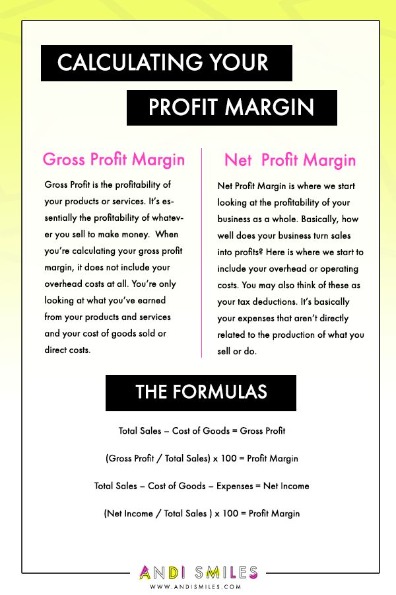Construction Accounting 101: A Simple Guide for Contractors

This means that construction accounting will vary and requires different processes. Not only does it lead to increased profitability, but it also contributes to better decision-making, compliance, customer satisfaction, and holistic project management. In this construction accounting 101 guide, we covered everything you need to know about this complex yet profitable sector. Equipped with these bank accounts, you can significantly increase the six strategies for staying motivated during the covid performance of your construction business. As a result, you won’t have to worry if you are overdue with payments or if a customer is unhappy with your untimely reports.
- For illustration, you can think of GAAP as rules for doing business in the construction industry.
- The average hourly rate for an accountant in the U.S. is about $35, making it quite affordable for the average owner.
- With its user-friendly interface and robust features, Sage 300 Construction and Real Estate has become a go-to choice for many construction accountants.
- Another important principle in construction accounting is the concept of percentage of completion.
- Under regular business accounting circumstances, revenue recognition is simple because they sell a product or service and collect a fixed price right away.
- Unlike its general counterpart, this form of treats each construction project as a unique entity, adapting to its project-specific revenue, expenses, and profit parameters.
Leveraging ERP software like CMiC’s Accounting application can be a game-changer. With its ability to effectively manage complex calculations and varying reporting requirements, CMiC brings efficiency and precision, streamlining complicated process. Construction companies must now wear the hats of diligent auditors, scrutinizing contracts, redefining accounting policies, and ensuring a smooth transition aligned with ASC 606. Further, this framework can reshape perceptions on variable considerations, warranties, and more. Championing transparency and consistency, it involves a standardized five-step model for revenue recognition, ranging from contract identification to revenue recognition per performance obligation.
Properly managing and allocating overhead expenses is crucial for contractors, as it directly impacts the company’s profitability and long-term financial stability. That’s where job costing and the job cost ledger provide powerful tools for construction accounting. Job costing creates a powerful cycle where previous financial data leads to better financial decisions in the future.
One of the key responsibilities of a what is the times interest earned ratio construction accountant is managing project budgets. They work with project managers to develop budgets that accurately reflect the costs of materials, labor, and other expenses. Throughout the course of the project, they track costs and make adjustments as needed to keep the project on budget.
Pro Forma Explained: How Construction Developers Predict Financial Success
Accounting for construction in progress often seems elusive to many construction contractors. Instead of waiting until the end of a project to discover if overruns or delays will happen, the contractor can use the earned value report to see this information at the beginning of a project. If not done correctly, contractors who operate in multiple jurisdictions can become subject to double taxation of their workforce.

Pros and cons of billing methods in construction accounting
Certified payroll usually tracks government wages and ancillary obligations, while union payroll needs to track wages and ancillary obligations and report them to the local union. When it comes to payroll accounting between unions, it gets even more complicated. You can choose from a variety of methods, such as cost-to-cost and estimated completion rate, to calculate the amount you earned from your billing contract. Therefore, there are no accounts payable (A / P) or accounts receivable (A / R). If the funds have not yet been replaced, there are no transactions to post to cash accounting.
One positive aspect of the cash method is that it provides an accurate representation of cash flow. As a result, this leads to accountants not having to keep tabs on what has been paid and what hasn’t. On the construction side of things, the individuals doing this type of work include construction bookkeepers or construction accountants — or, more generally, bookkeeping professionals.
Fundamentals of Construction Accounting
Contractors must reply to basic principles of general accounting, which what is the difference between net revenue and operating income have some critical and different characteristics. Let us understand what distinguishes construction accounting from the procedure applied by other industries. A well-structured cost coding system is a key construction accounting process and crucial for effective job costing and financial management.
What are the key features of a construction accounting system?
These books cover a range of topics from basic principles to advanced techniques, making them suitable for both beginners and experienced accountants. Understanding construction accounting is essential for anyone involved in the construction industry. One popular construction accounting software is Sage 300 Construction and Real Estate. This software offers a comprehensive suite of tools for construction accounting, including job costing, accounts payable and receivable, payroll management, and financial analysis.
